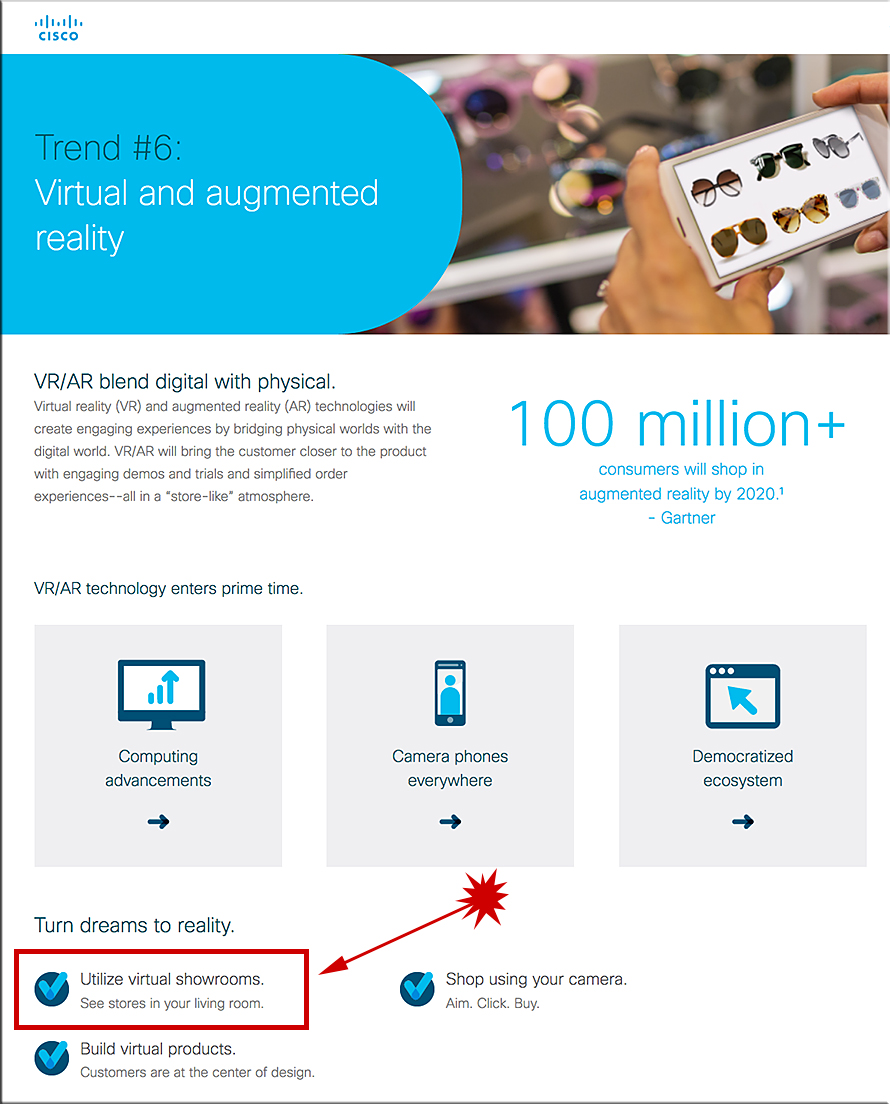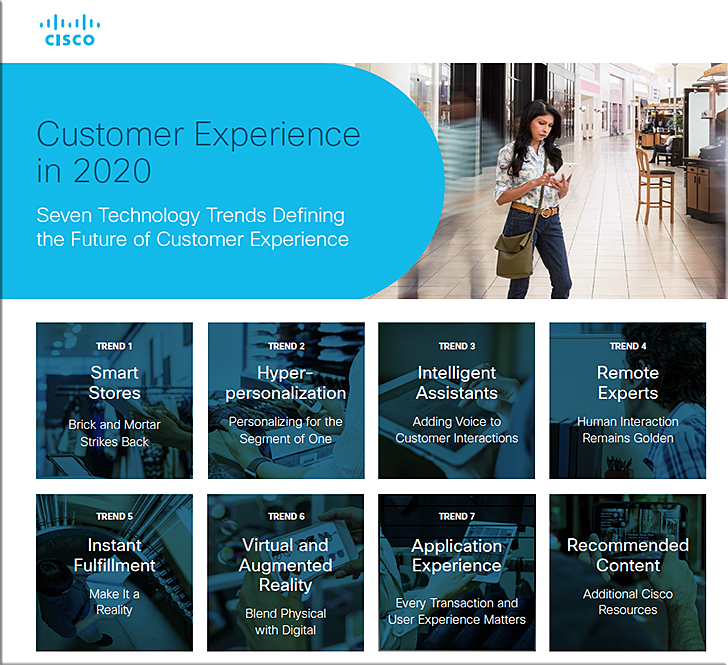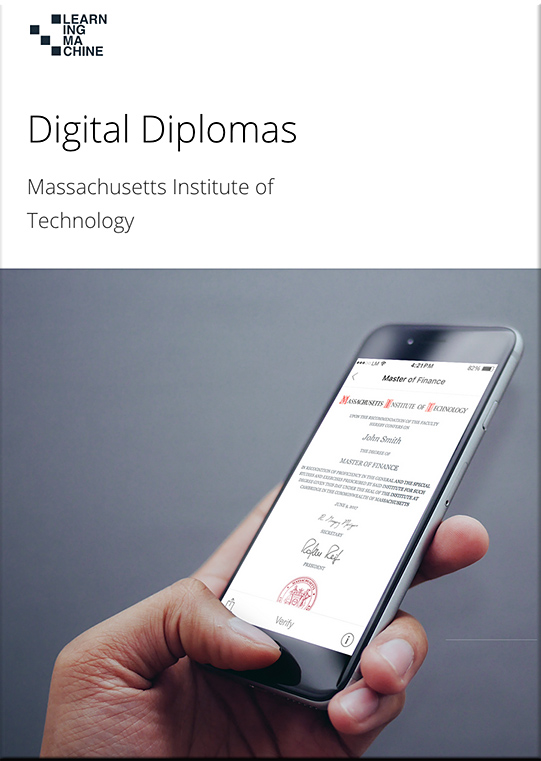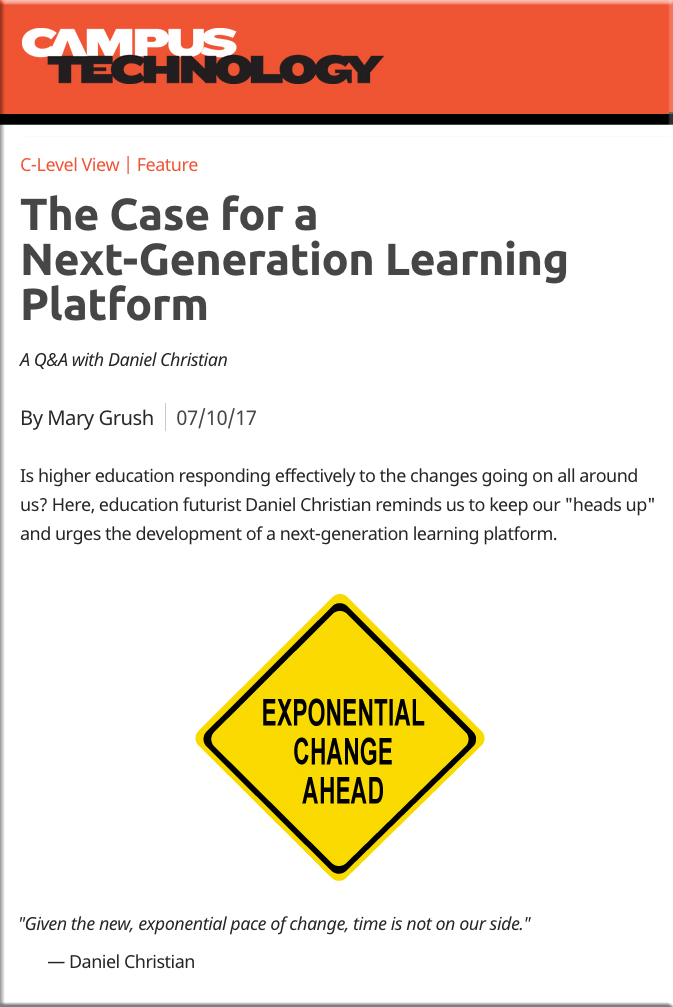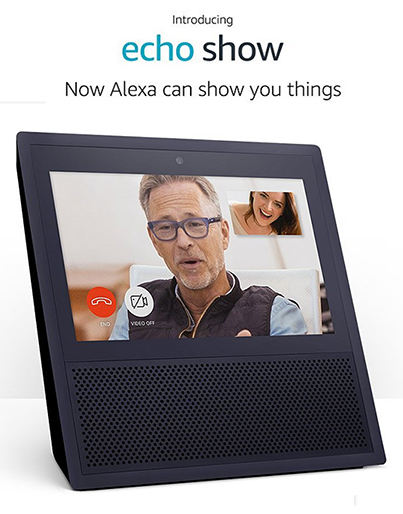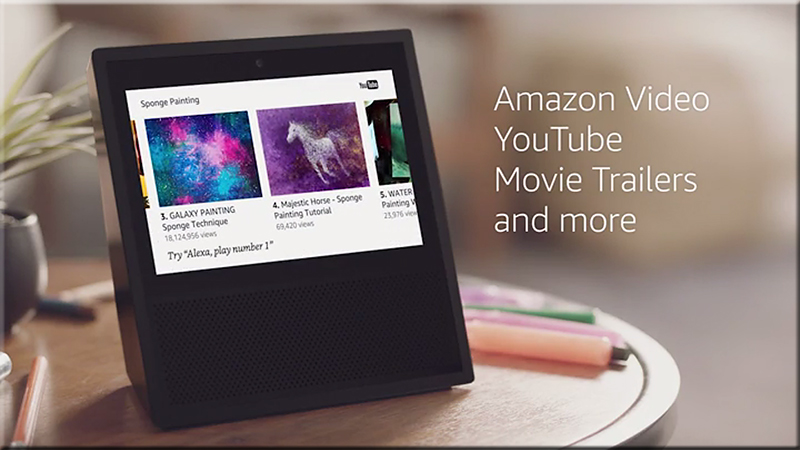EdX Quietly Developing ‘MicroBachelors’ Program — from edsurge.com by Jeff Young
Excerpt:
EdX, the nonprofit online-education group founded by MIT and Harvard, is quietly developing a “MicroBachelors” degree that is designed to break the undergraduate credential into Lego-like components.
In December, edX won a $700,000 grant from the Lumina Foundation to support the MicroBachelors effort with the organization’s university partners. Officials from edX declined to talk about the project, saying only that it is in the early stages. But at a higher-education innovation summit last month hosted by the U.S. Department of Education, Anant Agarwal, CEO of edX, listed the project as part of the group’s long-term vision that began with its MicroMasters program. And the organization has filed a trademark for the term “MicroBachelors” as well.
“Education in five to ten years will become modular, will become omnichannel, and will become lifelong,” Agarwal said at the meeting, later explaining that omnichannel meant offering courses either online or in person.
…
How would a MicroBachelors be different than, say, a two-year associate’s degree, which is arguably already half a bachelor’s degree? Sarma said that the idea behind both MicroMasters and MicroBachelors is that they are “about putting stuff that can be done online, online.” In other words, the big idea is offering a low-cost, low-risk way for students to start an undergraduate education even if they can’t get to a campus.
Also relevant/see:
- In Evolving World of Microcredentials, Students, Colleges and Employers Want Different Things — from edsurge.com by Jeff Young









![The Living [Class] Room -- by Daniel Christian -- July 2012 -- a second device used in conjunction with a Smart/Connected TV](http://danielschristian.com/learning-ecosystems/wp-content/uploads/2012/07/The-Living-Class-Room-Daniel-S-Christian-July-2012.jpg)

